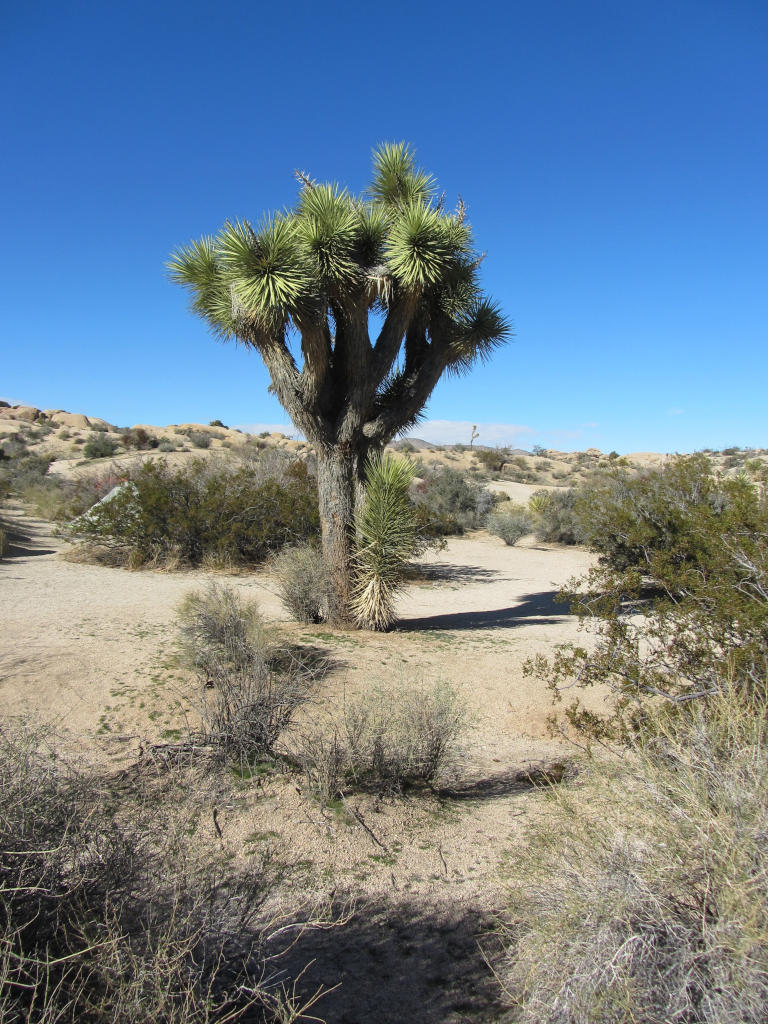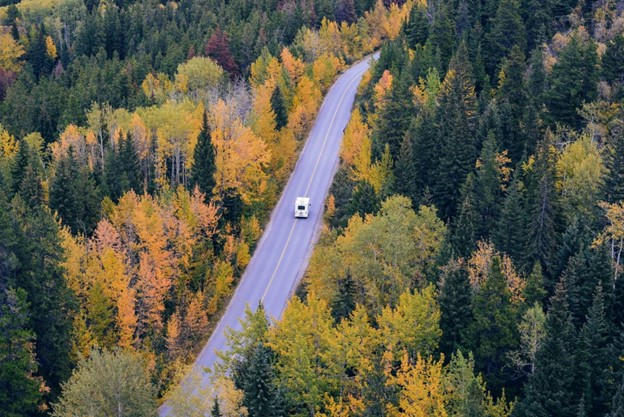Visit the Best National Parks in Your RV With This Essential Guide
Published on 10/01/2022
5 min read
In category
Travel
Taking a road trip in an RV is a great way to see the U.S. and spend quality time with your loved ones, and there are plenty of great places to see. With several national parks and roadside attractions to visit, many states offer a ton of road trip fun. The hardest part is choosing which ones to go to first, which is where this guide comes in.
You’ll also need to plan for accommodations, as even in an RV, you’ll still need to find a safe, comfortable spot to park and set up camp for the night during each of your stops. Find RV Parks is a fantastic resource for road trippers, offering a quick way to search for RV parks near you and consult maps so you can stay on top of your navigation.
When you’re ready to start preparing for an RV trip, use these tips to ensure a safe, fun journey:
Figure out a timeline
Taking a road trip of any kind requires quite a bit of planning in the beginning as you figure out where your stops will be and which events, attractions, or parks you want to explore. As you work out your destinations, create a timeline for the trip. It doesn’t have to be exact; after all, half the fun of a road trip is seeing where the day takes you without an itinerary. Having a rough guide will allow you to prepare, however, especially when it comes to taking time off work. If you’ve been with your employer for a while, you may be entitled to paid time off, so be sure to talk to your HR rep and find out exactly which benefits are coming to you.
Once you know when you can begin your trip, you can start looking at national parks to get an idea of which ones you want to visit. It’s crucial to do some research ahead of time, as you may need to make reservations for campgrounds or get essential information about weather conditions and road closures. Many national parks are RV accessible, but not all are. Here are a few of the best:

Yellowstone National Park
Known as the world’s first national park, Yellowstone National Park opened in 1872 and has been dazzling visitors ever since with its geysers, canyons, and wildlife. Because the area is so big–it actually spans three states–it’s important to do your homework before visiting to make sure you understand where you’re going and which areas are accessible to you. Flooding events have created issues with roads in the past, so look for information on the park’s website before arriving to ensure your RV will be able to pass through. If you’ll be bringing a boat, keep in mind that it will need to be inspected and should be thoroughly cleaned beforehand to prevent the spread of invasive species.
Rocky Mountain National Park
As well-known as Yellowstone, Rocky Mountain National Park receives a lot of visitors throughout the year. However, there are strict rules in place concerning RVs, so it’s important to make sure you understand the size requirements and accessibility before your arrival. If your RV doesn’t have sewer, electric, or water hookups, Estes Park, Elk Creek Campground, and Paradise on the River are nearby to help with those needs. While there are several options for RV sizes available in Rocky Mountain National Park itself, they have different requirements for reservation times–some up to six months in advance.
Redwood National Park
Headed to California? Consider stopping at Redwood National Park, which boasts some of the most amazing natural wonders available to visitors in the U.S. and is open 365 days a year. Located near the Pacific, the park offers moderate climate and a wealth of varying wildlife, from foxes to sea lions. It also provides four different campgrounds depending on the size of your vehicle and whether or not you’re pulling a trailer; the campgrounds have different amenities, as well, offering showers, hiking trails, and picnic areas to visitors. Book your stay early, as spots tend to fill up quickly.

Joshua Tree Park National Park
Also located in California, Joshua Tree National Park is a beautiful spot for families and lone campers alike, drawing visitors from all over the world who want to take in the almost-mythical energy of the area. With terrain that includes sand dunes and yucca forests, it’s not a spot that is immediately associated with recreational vehicles, but the nearby campsites are RV-friendly. As always, do some research beforehand to make sure there are no weather issues that could cause a problem during your stay.
Grand Teton National Park
Looking for a spot that offers more activities? Grand Teton National Park in Wyoming is a great stop for those who love to fish or hike, and there are guided whitewater rafting tours available as well. You can also take a soak in the nearby hot springs. Grand Teton offers several different types of campsites for every kind of camper with varying levels of amenities, so read up on the options before booking your visit.
Great Smoky Mountains National Park
On the other side of the country, the Great Smoky Mountains National Park offer a lush getaway that’s not too far from events and attractions. Smokemount and Cades Cove campgrounds provide the most space for large vehicles–up to 40 feet–but there are several other sites to choose from if you don’t need the room. If you’re planning a visit during the summer or fall months, book early, as these sites go extremely fast. Need hookups? You’ll have to visit one of the surrounding areas, such as Gatlinburg or Pigeon Forge, which are close by.
Traveling through the U.S. on a road trip is a wonderful way to see some of the most beautiful spots the country has to offer. The key to a successful journey is good planning, so do your research and map out a timeline well ahead of time. It’s also a good idea to download a weather app that will help you stay on top of the forecast no matter where you are. Of course, Find RV Parks shows the weather forecast (on the right, scroll down) for each park you click on.
Bookmark Find RV Parks) so you can easily find a safe National Park campsites in any state.
